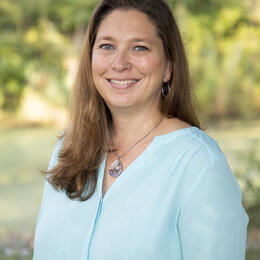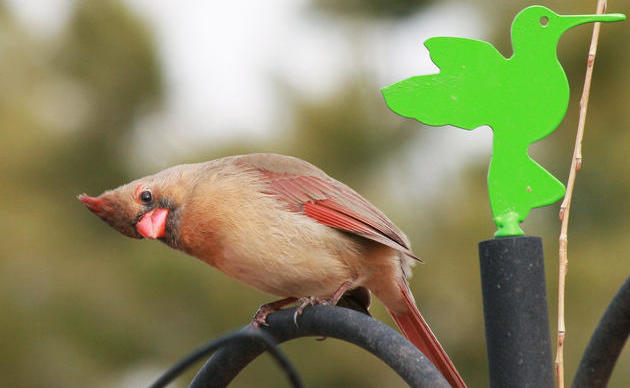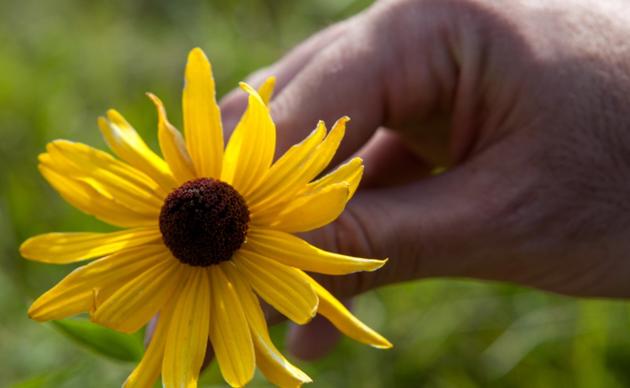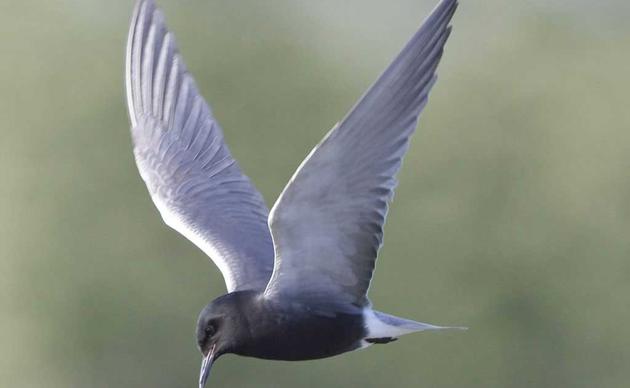(October 15, 2025) Last month, I had the privilege of joining fellow Great Lakes advocates in Rochester, New York for the annual Healing Our Waters – Great Lakes Coalition conference. This gathering brought together passionate leaders from across the Great Lakes region who are working to protect the Great Lakes for the benefit of birds, communities and future generations.
The Healing Our Waters-Great Lakes Coalition (HOW) is an alliance of more than 200 groups representing millions of people, whose common goal is to restore and protect the Great Lakes for the 40 million people that depend on the Great Lakes for drinking water and the more than 350 bird species that rely on Great Lakes coastal habitat for food, rest and places to nest.
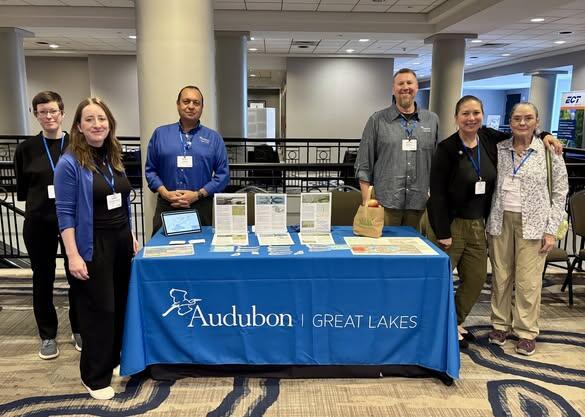
The Great Lakes face significant threats but thanks to HOW and its members, the region is making real progress: reversing habitat destruction for birds and other wildlife, stopping the spread of invasive species, cleaning up toxic pollution, and fixing the region’s aging water infrastructure.
Rochester, a city rich in water resources, was the perfect backdrop for the Coalition’s conference, which brought together a diverse array of voices. The annual event welcomed a lineup of regional leaders, including Mayor Malik Evans, who shared his enthusiasm for the ROC the Riverway initiative. This city driven program is revitalizing the Genesee River waterfront by enhancing public spaces, integrating community-driven planning and implementing thoughtful restoration projects that celebrate the region's natural beauty and rich cultural heritage.
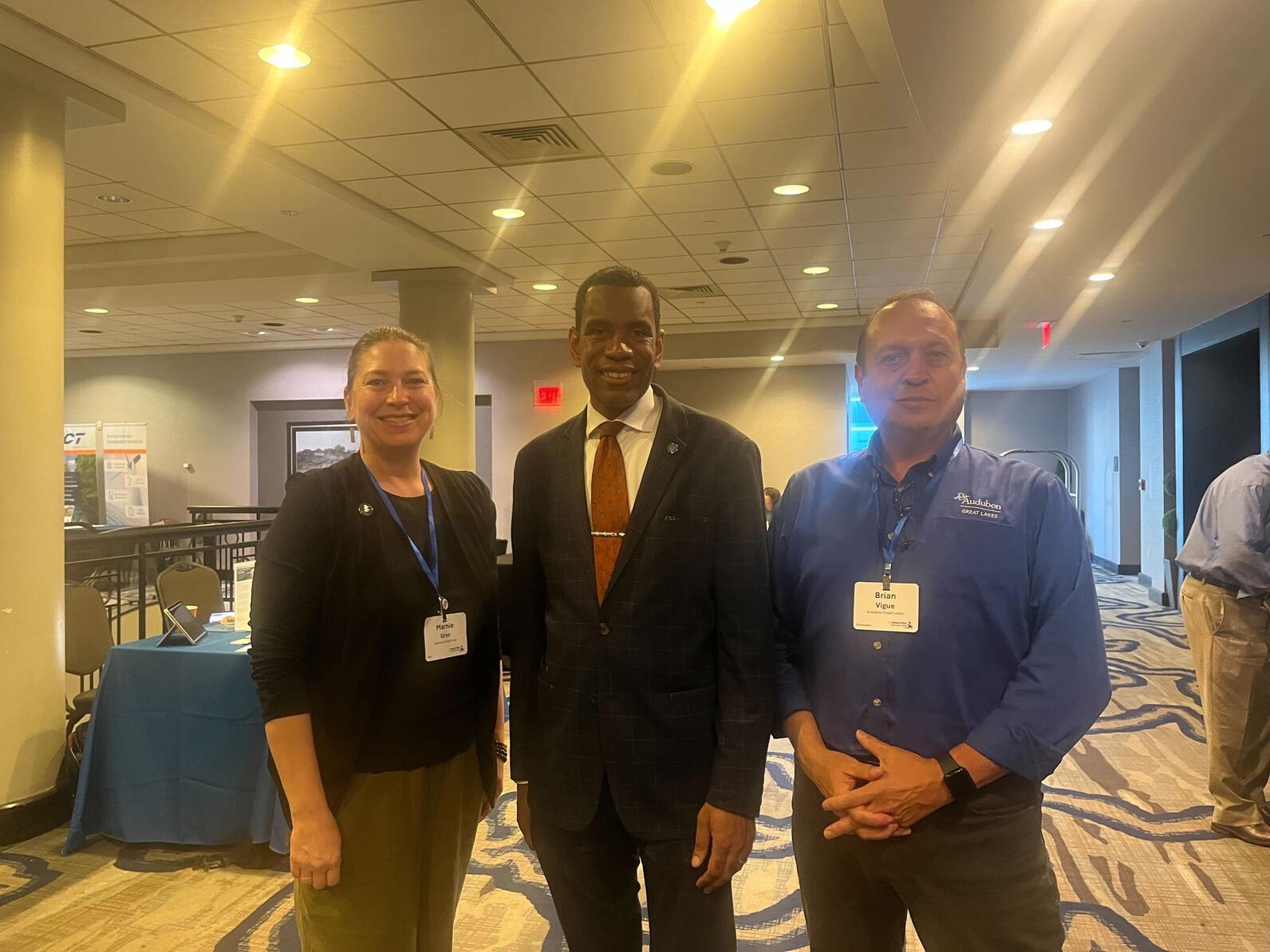
As a sponsor of the event, Audubon Great Lakes was honored to showcase our coastal wetlands restoration work in the region and elevate the critical policies that make this work possible. Many marsh birds have experienced significant population declines due to the loss of healthy wetlands. Audubon scientists and researchers have identified 12 areas where wetland restoration is most needed to protect vulnerable marsh birds. Rochester is located in one of these vital areas—Braddock Bay—making it a fitting location to elevate the importance of wetland conservation and policy-driven action.
During the event, Andy Hinickle, Senior Manager of Wetland Conservation for Audubon Great Lakes led a field trip to the Braddock Bay Wildlife Management Area, to highlight a multi-year wetlands restoration project Audubon completed with partners New York State Department of Environmental Conservation, SUNY-Brockport and Genesee Valley Audubon Society that is benefiting birds, other wildlife and communities. Cranberry Pond has been transformed through a restoration technique known as potholing and channeling that creates interspersed pools (potholes) and strips (channels) of water that fish and birds need.
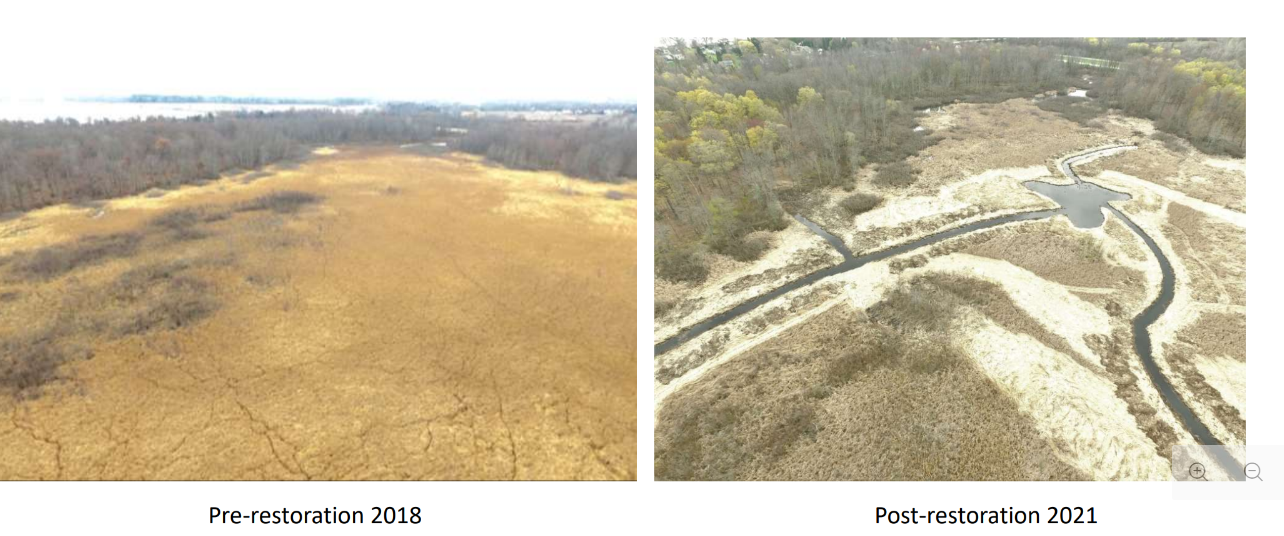
As a member of the HOW governance board, I am proud to work with this coalition to elevate the biggest issues facing our region and the solutions that we can put in place to address them. Transformative wetland restoration projects, like our work at Cranberry Pond, are made possible thanks to the Great Lakes Restoration Initiative (GLRI), the largest source of federal funding to protect the Great Lakes. Thanks to this highly impactful conservation program, Audubon has worked with partners to restore and conserve more than 10,000 acres of wetland habitat for vulnerable marsh birds, like the Least Bittern and Pied-billed Grebe.
The Great Lakes Restoration Initiative Act of 2025 must be passed by Congress to reauthorize GLRI funding for another five years. Extending this program will allow important projects to continue in communities across the Great Lakes region.
State funded conservation programs are also key to protecting waters across the region. During the conference, leaders discussed the importance of investing in wetlands restoration through state program’s like H2Ohio. As Ohio’s flagship clean water program, H2Ohio has helped to restore or enhance over 16,000 acres of wetlands that keep Ohio’s water clean and provide habitat for some of our most vulnerable birds.
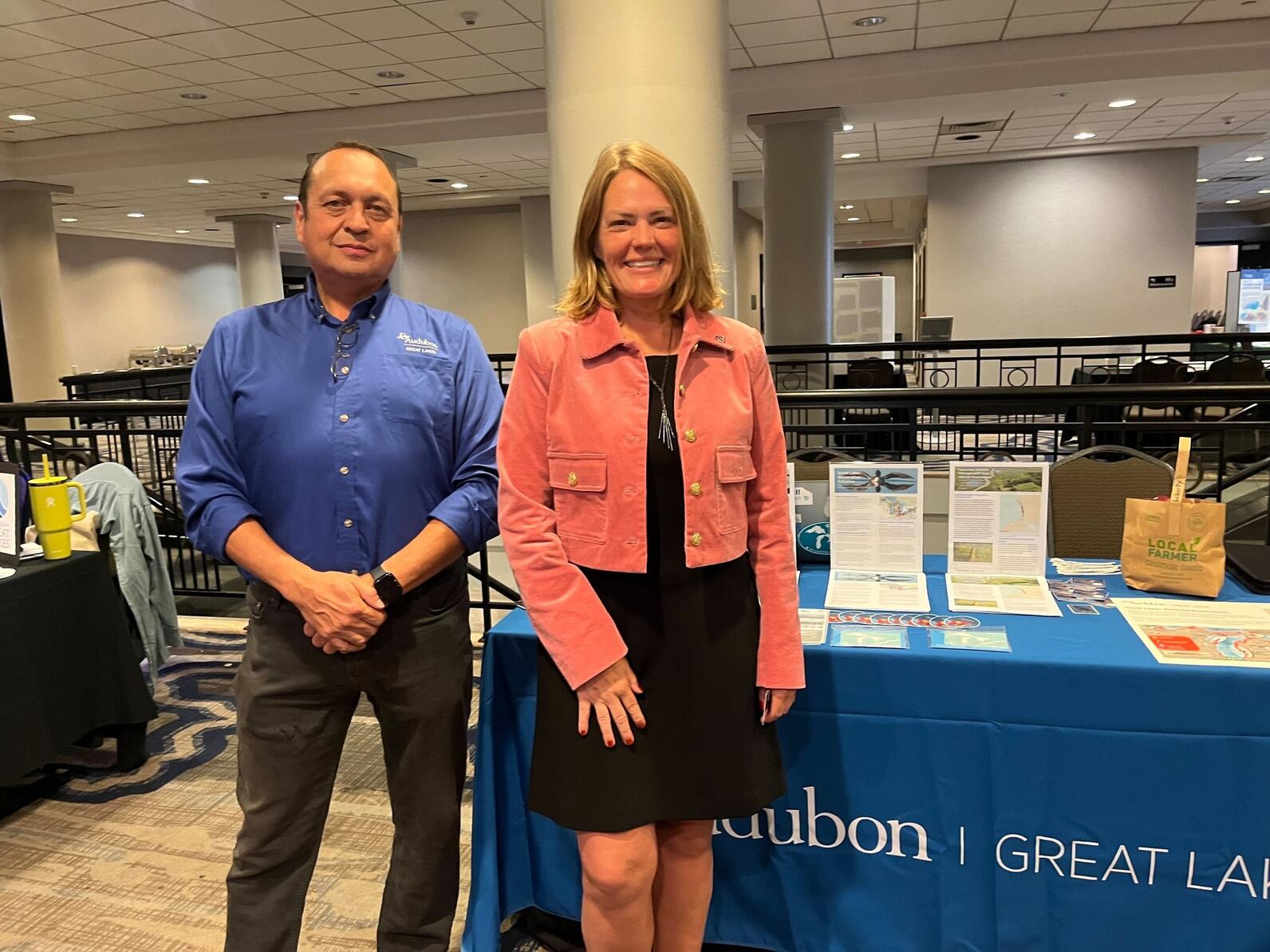
Together, we have the power to protect vital federal funding programs like the Great Lakes Restoration Initiative and ensure that restoration efforts continue to keep our waters clean and safeguard the habitats birds and wildlife depend on.
Throughout the conference, I was energized by the momentum and collaboration driving progress across the region. Seeing these efforts firsthand was an inspiring reminder that when we work together, we can protect what makes the Great Lakes truly great.

